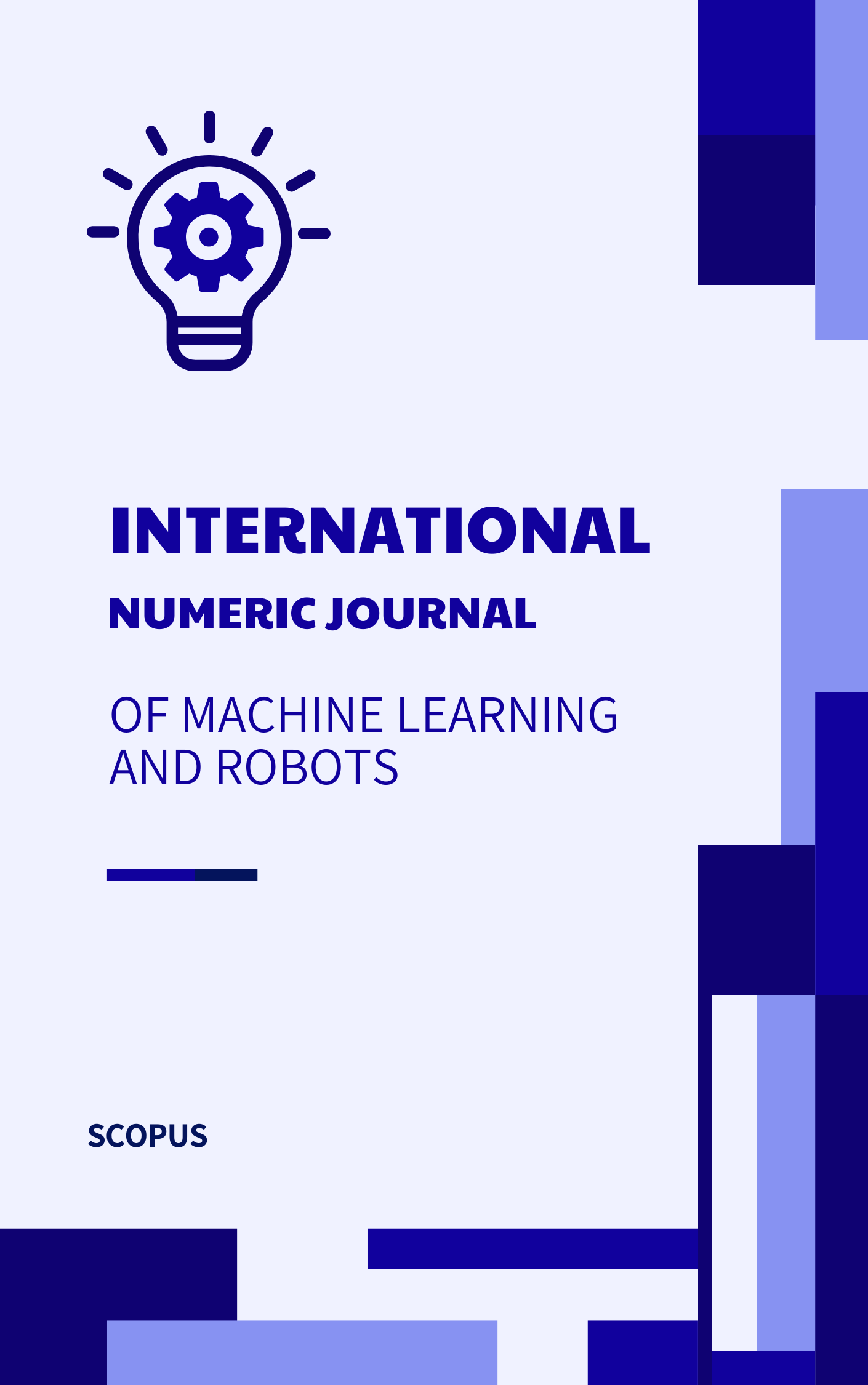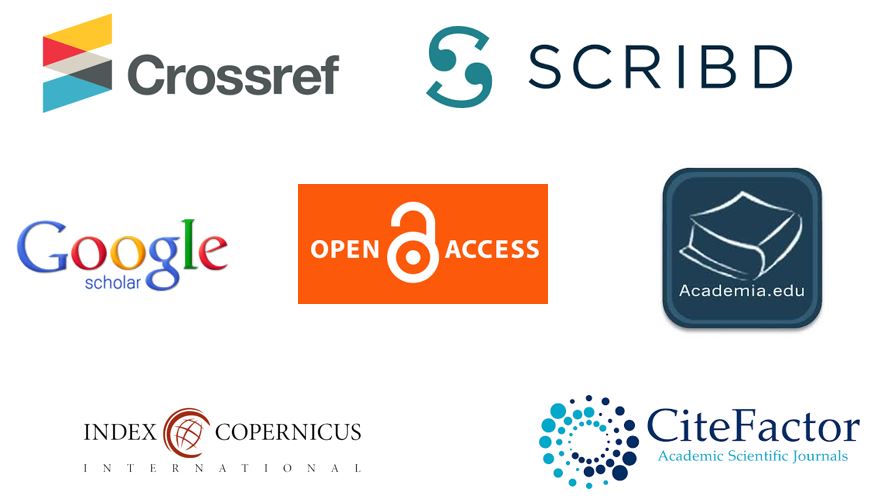Fault Diagnosis and Prognosis using IoT in Industry 5.0
Abstract
This research delves into the pivotal role of the Internet of Things (IoT) in fault diagnosis and prognosis within the context of Industry 5.0. As manufacturing environments evolve towards greater connectivity and intelligence, Industry 5.0 emphasizes the seamless integration of human expertise with advanced technologies. In this transformative landscape, IoT emerges as a critical enabler for real-time monitoring, data acquisition, and predictive analytics. The abstract explores the application of IoT in fault diagnosis, detailing how sensor-rich environments facilitate the detection of anomalies and deviations from normal operations. Furthermore, the chapter investigates the prognostic capabilities of IoT, where predictive analytics and machine learning algorithms anticipate potential faults and prescribe proactive maintenance strategies. The synthesis of human expertise with IoT-driven insights in Industry 5.0 paves the way for enhanced operational efficiency, reduced downtime, and optimized resource utilization. This chapter contributes to the discourse on the convergence of IoT and Industry 5.0, providing insights into the transformative potential of proactive fault diagnosis and prognosis in modern industrial settings.
References
Maqbool, F., Mahmood, H., & Khattak, H. A. (2022, October). An Efficient Fault-Prediction Mechanism for Improving Yield in Industry 5.0. In 2022 24th International Multitopic Conference (INMIC) (pp. 1-7). IEEE.
Joglekar, S., Kadam, S., & Dharmadhikari, S. (2023). Industry 5.0: Analysis, Applications And Prognosis. The Online Journal of Distance Education and e-Learning, 11(1), 1.
Chander, B., Pal, S., De, D., & Buyya, R. (2022). Artificial intelligence-based internet of things for industry 5.0. Artificial intelligence-based internet of things systems, 3-45.
Maddikunta, P. K. R., Pham, Q. V., Prabadevi, B., Deepa, N., Dev, K., Gadekallu, T. R., ... & Liyanage, M. (2022). Industry 5.0: A survey on enabling technologies and potential applications. Journal of Industrial Information Integration, 26, 100257.
Ghosh, S., Dagiuklas, T., Iqbal, M., & Wang, X. (2022). A cognitive routing framework for reliable communication in IoT for industry 5.0. IEEE Transactions on Industrial Informatics, 18(8), 5446-5457.
Massaro, A. (2021). Electronics in Advanced Research Industries: Industry 4.0 to Industry 5.0 Advances. John Wiley & Sons.
Özdemir, V., & Hekim, N. (2018). Birth of industry 5.0: Making sense of big data with artificial intelligence,“the internet of things” and next-generation technology policy. Omics: a journal of integrative biology, 22(1), 65-76.
El-Brawany, M. A., Ibrahim, D. A., Elminir, H. K., Elattar, H. M., & Ramadan, E. A. (2023). Artificial intelligence-based data-driven prognostics in industry: A survey. Computers & Industrial Engineering, 184, 109605.
Sverko, M., Grbac, T. G., & Mikuc, M. (2022). Scada systems with focus on continuous manufacturing and steel industry: A survey on architectures, standards, challenges and industry 5.0. IEEE Access, 10, 109395-109430.
Nguyen, T., Tran, K. D., Raza, A., Nguyen, Q. T., Bui, H. M., & Tran, K. P. (2023). Wearable Technology for Smart Manufacturing in Industry 5.0. In Artificial Intelligence for Smart Manufacturing: Methods, Applications, and Challenges (pp. 225-254). Cham: Springer International Publishing.
Adel, A. (2022). Future of industry 5.0 in society: Human-centric solutions, challenges and prospective research areas. Journal of Cloud Computing, 11(1), 1-15.
Cortés-Leal, A., Cárdenas, C., & Del-Valle-Soto, C. (2022). Maintenance 5.0: towards a worker-in-the-loop framework for resilient smart manufacturing. Applied Sciences, 12(22), 11330.
Caiazzo, B., Murino, T., Petrillo, A., Piccirillo, G., & Santini, S. (2023). An IoT-based and cloud-assisted AI-driven monitoring platform for smart manufacturing: design architecture and experimental validation. Journal of Manufacturing Technology Management, 34(4), 507-534.
Siddique, A. A., Boulila, W., Alshehri, M. S., Ahmed, F., Gadekallu, T. R., Victor, N., ... & Ahmad, J. (2023). Privacy-enhanced pneumonia diagnosis: IoT-enabled federated multi-party computation in industry 5.0. IEEE Transactions on Consumer Electronics.
Javeed, D., Gao, T., Kumar, P., & Jolfaei, A. (2023). An Explainable and Resilient Intrusion Detection System for Industry 5.0. IEEE Transactions on Consumer Electronics.
Massaro, A. (2023). Advanced Electronic and Optoelectronic Sensors, Applications, Modelling and Industry 5.0 Perspectives. Applied Sciences, 13(7), 4582.
Rani, S., & Srivastava, G. (2024). Secure hierarchical fog computing-based architecture for industry 5.0 using an attribute-based encryption scheme. Expert Systems with Applications, 235, 121180.
Tripathy, S. S., Bebortta, S., & Gadekallu, T. R. (2023). Sustainable fog-assisted intelligent monitoring framework for consumer electronics in Industry 5.0 applications. IEEE Transactions on Consumer Electronics.
Khan, M., Haleem, A., & Javaid, M. (2023). Changes and improvements in Industry 5.0: A strategic approach to overcome the challenges of Industry 4.0. Green Technologies and Sustainability, 1(2), 100020.
Fraga-Lamas, P., Barros, D., Lopes, S. I., & Fernández-Caramés, T. M. (2022). Mist and edge computing cyber-physical human-centered systems for industry 5.0: A cost-effective IoT thermal imaging safety system. Sensors, 22(21), 8500.
Massaro, A. (2022). Advanced control systems in industry 5.0 enabling process mining. Sensors, 22(22), 8677.
Zhang, C., Wang, Z., Zhou, G., Chang, F., Ma, D., Jing, Y., ... & Zhao, D. (2023). Towards new-generation human-centric smart manufacturing in Industry 5.0: A systematic review. Advanced Engineering Informatics, 57, 102121.
Leng, J., Chen, Z., Huang, Z., Zhu, X., Su, H., Lin, Z., & Zhang, D. (2022). Secure blockchain middleware for decentralized iiot towards industry 5.0: A review of architecture, enablers, challenges, and directions. Machines, 10(10), 858.





